1508 BC: The birth of Hatshepsut
Hatshepsut was born in 1508 BCE to Pharaoh Thutmosis I. Her mother was known by the name Ahmes and she was allegedly a concubine to Thutmosis I. She was raised as a princess in the Egyptian royal courts. She had two brothers and a sister, but they all died at a young age, thus leaving her as the only child. This scenario presented the Pharaoh with a dilemma regarding the heir of the kingdom now that all his sons had died.
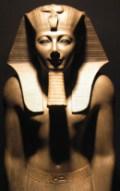
1508-1492: Hatshepsut’s upbringing
Hatshepsut grew up in the royal courts of the Egyptian Empire under the kingship of her father Thutmosis I. Following the death of her three siblings, Hatshepsut became the favorite child to her father. Therefore, Thutmosis I took time to teach Hatshepsut different skills associated with boys. The King’s dilemma was the person who would inherit the kingdom after he died. Perhaps he was convinced that Hatshepsut would become the heir, which explains why he treated her as a boy.
1492 BC: The death of Thutmosis I
Thutmosis I died when his only daughter, Hatshepsut, was 12 years old. Therefore, the kingdom was handed to Thutmosis II, who was Hatshepsut’s half brother. To ensure the continuity of the kingdom, Thutmosis II married Hatshepsut. Hatshepsut served as a Queen to Thutmosis II for 13 years before he died in 1492. However, by the time Thutmosis II died, his son, who was supposed to take the throne, was only 7 years old.
1492 BC: Thutmosis II becomes a king
After the death of Thutmosis I, Thutmosis II took over the throne. However, Thutmosis II was not a legitimate heir because he was not born in royalty. Unfortunately, the kingdom had to be handed over to someone, and thus he became the only available option for the post, albeit with some conditions. One of the conditions was to marry his half-sister, Hatshepsut, for purposes of ensuring continuity in the royal family.

1480 BC: Hatshepsut becomes a Regent
When Thutmosis II died, the legitimate heir of the throne, Thutmosis III, the son of Hatshepsut, was only 7 years. A disagreement broke out concerning who would be the heir. One side suggested that Hatshepsut should take over because she was the legitimate heir. On the other side, another group emphasized the need to have a male Pharaoh. However, an oracle by Amun declared that Thutmosis III should taker over. Therefore, given his age, Hatshepsut became a regent for him.
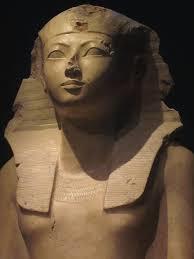
1479 BC: Male depictions
After she became a regent, Hatshepsut saw the need for a male figure at the helm of the throne. Being a leader, perhaps she respected the calls by one section of the kingdom to have a male Pharaoh. Therefore, she started dressing like a male. She even announced that she was taking full control of the kingdom before dropping the tag of a queen to become a Pharaoh. She intelligently chose loyal people to support her ambitions for the kingdom.
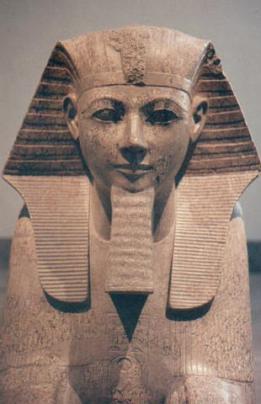
1479 BC: Legitimizing her rule
Even though the oracle decided that Hatshepsut was to become the heir of the throne as regent to Thutmosis III, the Egyptians were not convinced of her capabilities of leading them. Additionally, the seat of a Pharaoh in Egypt was seen as divine, and thus the Egyptians had to be convinced of Hatshepsut’s legitimacy. Therefore, as a shrewd leader, Hatshepsut declared that she was the divine wife of the god Anum.
1479 BC: Started the construction of Temple of Deir El-Bahri
The year 1479 after Hatshepsut assumed full control of the kingdom was eventful. The new Pharaoh started by the construction of a landmark Temple of Deir El-Bahri. The temple was the first building to achieve unparalleled symmetry in construction. This temple later became a funerary complex where Hatshepsut would be worshipped posthumously. The temple’s name was later changed to Hatshepsut in honor of the brains behind its construction. Previous Pharaohs were mainly remembered for their construction works, and thus Hatshepsut would not be left out.
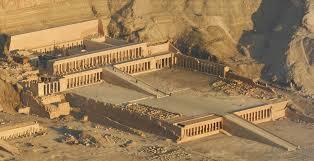
1479 BC: Solidifying her rule
Throughout her rule, Hatshepsut faced legitimacy problems from the Egyptians. The majority of them were not satisfied with a female Pharaoh probably due to the chauvinistic inclinations at the time. Upon realizing this aspect, Hatshepsut adopted a recruitment strategy that would let in only the loyal followers into the leadership of the kingdom. She also devised a promotional plan whereby individuals would be promoted based on their loyalty to her. This way, she ensured the stability of her reign.
1472 BC: The trip to Punt
After 7 years of ruling, Hatshepsut sought to establish trading relationships with neighboring kingdoms, and thus she organized the famous trip to Punt. This historical trip involved 5 merchant ships with around 210. This trip was a signature move during Hatshepsut’s reign as she focused on trade instead of wars. It suffices to conclude that Hatshepsut was a liberalist and she understood that Egypt stood to gain more from partnerships with the neighboring kingdoms as compared to engaging in endless and unfruitful wars.

1472: Economic reformations
Before Hatshepsut, the preceding Pharaohs were highly concerned about the security of the Egyptian Empire, and thus they dedicated huge resources in ensuring the security of the borders. However, Hatshepsut brought economic revolutions by pursuing foreign policies that would promote trade with other kingdoms. The successful trip to Punt convinced many Egyptians of the benefits of forming trading alliances with their neighbors. The trading bloc later expanded to Sinai and Byblos, which enriched the Empire enormously.
1470: Infrastructural development
Hatshepsut was one of the most aggressive builders of ancient Egypt. After returning from Punt, she embarked on a series of infrastructural developments. The development agenda started with the hiring of a renowned architect at the time by the name Ineni. This professionalism led to the construction of grandeur buildings including temples. Some of the outstanding works include the original Precinct of Mut and Karnak’s Red Chapel. Other infrastructural developments included the establishment of trade routes.
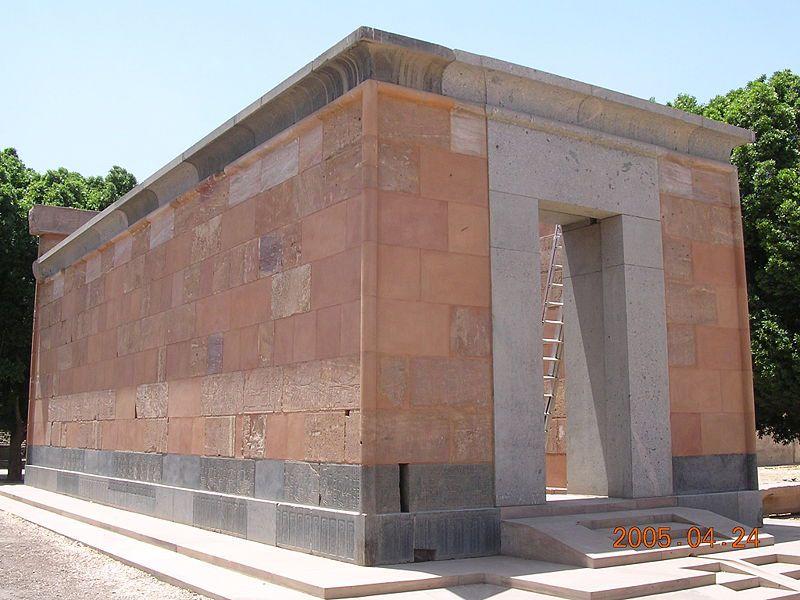
1468 BC: Hatshepsut’s retirement
Hatshepsut was suffering from a chronic hereditary skin disease, which she had managed to live with for a long time. However, as she grew older, the disease became unbearable, and thus she had to retire from the active running of the kingdom as a Pharaoh. During her reign, she mentored Thutmosis III by allowing him to participate actively in decision making concerning the leadership of the kingdom. Therefore, when Hatshepsut retired, Thutmosis III became the default successor and he took reign in 1468.
1468 BC: Thutmosis III rises to power
As mentioned before, when Thutmosis II died, Thutmosis III was the legitimate heir of the throne. However, the heir was only 7 years at the time, and thus Hatshepsut became his regent. Therefore, when Hatshepsut retired from active leadership roles, Thutmosis III took over the reign, and given the many years of learning under his stepmother, he had acquired the necessary skills to rule effectively. He reigned for 54 years during which he made Egypt the largest empire that it has even been in history.
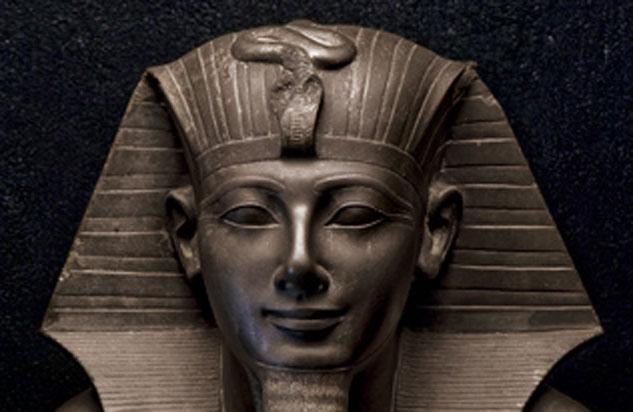
1457 BC: The death of Hatshepsut
Following her hereditary skin disease, Hatshepsut is said to have enlisted the services of different doctors, especially from Greece to take care of her condition. Historical sources allege that Hatshepsut died after she was injected with a concoction of drugs in the endeavor to heal her skin disease. Historians speculate that her skin condition was cancerous, and thus it kept on spreading despite the numerous attempts to contain it. The killer concoction was a novel mixture of untested drugs in a desperate move to save the situation.
1457 BC: The burial of Hatshepsut
Hatshepsut started preparing her tomb during the reign of her husband, Thutmosis II. However, this tomb was abandoned after she became a Pharaoh because its grandiose was not befitting a king. Therefore, another tomb named KV20 was prepared for Hatshepsut during her reign. After her death, she was interred in this tomb at the Valley of Kings. However, Thutmosis III allegedly moved Hatshepsut’s mummy from its original tomb in his quest to wipe out any evidence of a female Pharaoh.
1457 BC: The destruction of Hatshepsut’s evidence
Immediately after the death of Hatshepsut, Thutmosis III moved with speed to destroy any evidence of a female Pharaoh. As mentioned before, before Hatshepsut became a pharaoh a section Egyptians were uncomfortable with the idea of a female Pharaoh. Therefore, after Hatshepsut died, Thutmosis III was under immense pressure to wipe out any evidence related to a female Pharaoh. Historians believe that Thutmosis III had no personal vendetta against Hatshepsut, but he hated the idea of her being a Pharaoh.
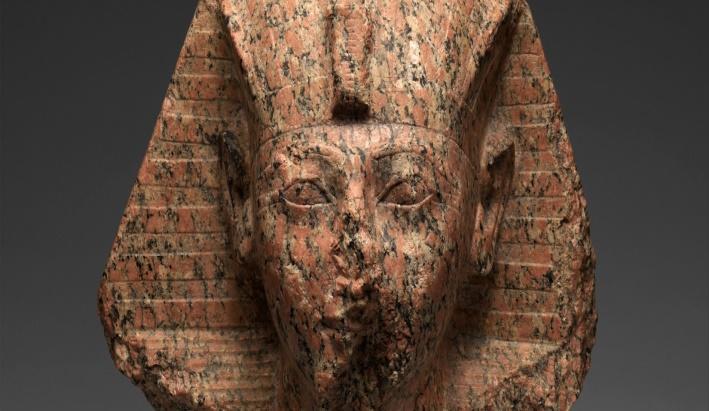
1903: The location of Hatshepsut’s remains
In 1903, Archeologist Howard Carter discovered a grave with two female mummies. After further studies, it was established that one of the mummies was the remains of Hatshepsut’s nurse. The other mummy was unidentified. However, following the growing urge to establish the identity of the unknown mummy, Dr. Zahi Hawass moved it to the Egyptian Museum located in Cairo for further testing. Later on, it was concluded that the mummy belonged to Hatshepsut.
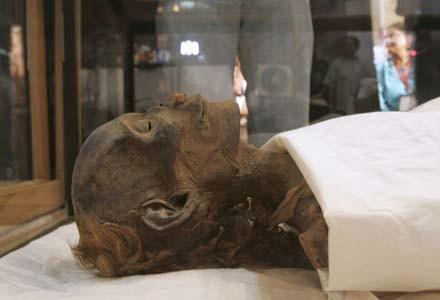
2007: Hatshepsut in pop culture
One of the most successful portrayals of Hatshepsut in the popular culture is the 2007 documentary, the Secrets of a Lost Queen. The documentary gives a detailed account of the scientific, archeological, and forensic processes that were involved in the extensive research to discover the identity of the 1903 mummy from the Valley of Kings. She also featured in Sarah Holland’s television version of the Horrible Histories.
Bibliography
Cooney, Kara. The Woman Who Would Be King: Hatshepsut’s Rise to Power in Ancient Egypt. New York: Crown, 2014.
Creasman, Pearce. “Hatshepsut and the Politics of Punt.” African Archaeological Review 31, no.3 (2014): 395-405.
Edgerton, William. The Thutmosis Succession. Chicago: University of Chicago Press, 1933.
Galán, José, Betsy Bryan, and Peter Dorman. Creativity and Innovation in the Reign of Hatshepsut: Occasional Proceedings of the Theban Workshop (Studies in Ancient Oriental Civilizations). Chicago: Oriental Institute of the University of Chicago, 2014.
Redford, Donald. History and Chronology of the 18th dynasty of Egypt: Seven studies. Toronto: University of Toronto Press, 1967.
Tyldesley, Joyce. Hatchepsut: The Female Pharaoh. London: Viking, 1996.
Warburton, David. Architecture, Power, and Religion: Hatshepsut, Amun & Karnak in Context (Articles on Archaeology. Berlin: LIT Verlag, 2012.
Wells, Evelyn. Hatshepsut. Garden City: Doubleday, 1969.